Cosmetics are substances or mixtures applied to the skin, hair, nails, lips, and oral cavity for cleaning, perfuming, changing appearance, protecting, maintaining, or correcting body odor. Branded makeup products include bath and shower preparations, creams, deodorants and antiperspirants, emulsions, face masks, gels and oils for the skin, hair care products, lotions, makeup powders, makeup removers for the face and eyes, perfumes, nail care and makeup products, and tanning products that do not require the sun, products intended for application to the lips; shaving products; skin-whitening products; sunbathing products and many more.
Types of cosmetic products
The vast majority of makeup brands on the market today are made from solutions. Shampoos, shower gels, makeup sprays, liquid soap, lotions, and other liquid cosmetics are all sorts of solutions. They are all created from soluble materials evenly mixed in a basic diluent. In most cases, the diluent is water. The same chemicals can be dissolved in water or produced in skin treatments before usage. The technique adds oils and vitamins to shampoos and lotions.
Creams and emulsions are the most popular beauty products. These include moisturizers, nourishing agents, sunscreens, makeup foundations, primers, and more. Whatever the impact, creams and emulsions comprise three components or phases: oil, water, and an emulsifier. These cosmetic products are designed separately, blended while still hot, well-swirled, enhanced with all active components, and allowed to cool. The oil and water phases allow the atomic particles of active substances to disseminate uniformly, while the emulsifier helps the mass achieve a creamy texture. The thickness of the emulsifier determines how heavy the cosmetic cream is. Thick ones are commonly utilized in lotions designed for rough skin on heels, hands, elbows, and knees.
Powders are the most popular type of makeup material used to give off color or build a thin hygroscopic coating on a surface. Facial powders absorb skin oils and give the face a matte finish. Colored powders include blushes, eyeshadows, dazzling hair and body products, etc. Body and face bronzers and highlighters are occasionally marketed in powder form. Cosmetic or beauty sticks, such as lipstick, are used for things that should not be touched with hands. These beauty products include solid deodorants, eye and brow pencils, concealers, makeup brushes, and more. Their key distinguishing feature is that they are solid within their containers yet release active chemicals when rubbed against a surface.
Advantages of cosmetics
Every lady who wears beauty creations feels confident when she walks out the door. It conveys a cheerful attitude of being prepared to rock the day. Wearing cosmetics when going out can help to protect the skin from environmental toxins. They typically serve as a barrier to prevent direct exposure to dust. Although the foundation may not provide ideal protection, it can help lessen the likelihood of skin changes. Cosmetic goods also serve as additional filters to improve an individual's appearance. A beautiful blush, for example, can accentuate and draw attention to the cheeks.
Sometimes, one's inherent facial features are not evident. Wearing cosmetics would help to enhance and highlight such traits. Wearing makeup can also promote a self-care mindset. It allows the individual to stand out in the crowd. Caring for one's skin also allows for better control over changes with age.








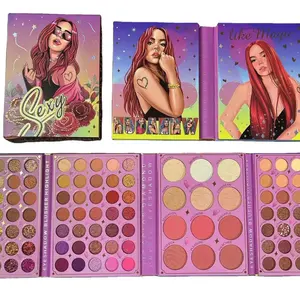

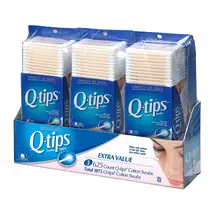



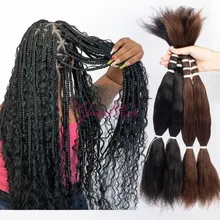


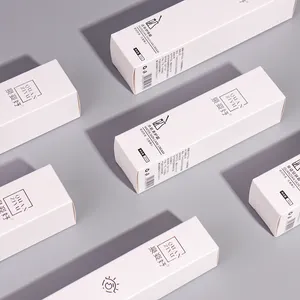

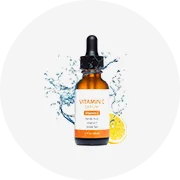
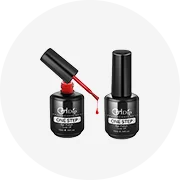
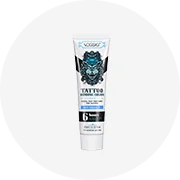
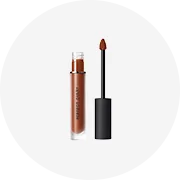
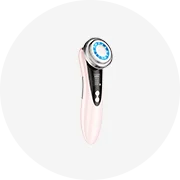
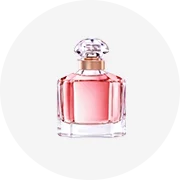
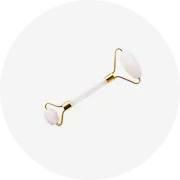
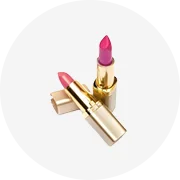
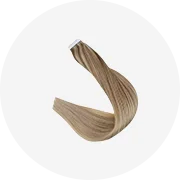
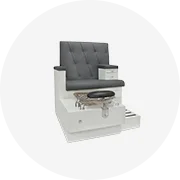
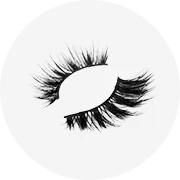
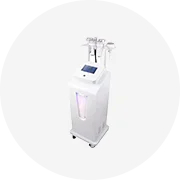








 浙公网安备 33010002000092号
浙公网安备 33010002000092号 浙B2-20120091-4
浙B2-20120091-4